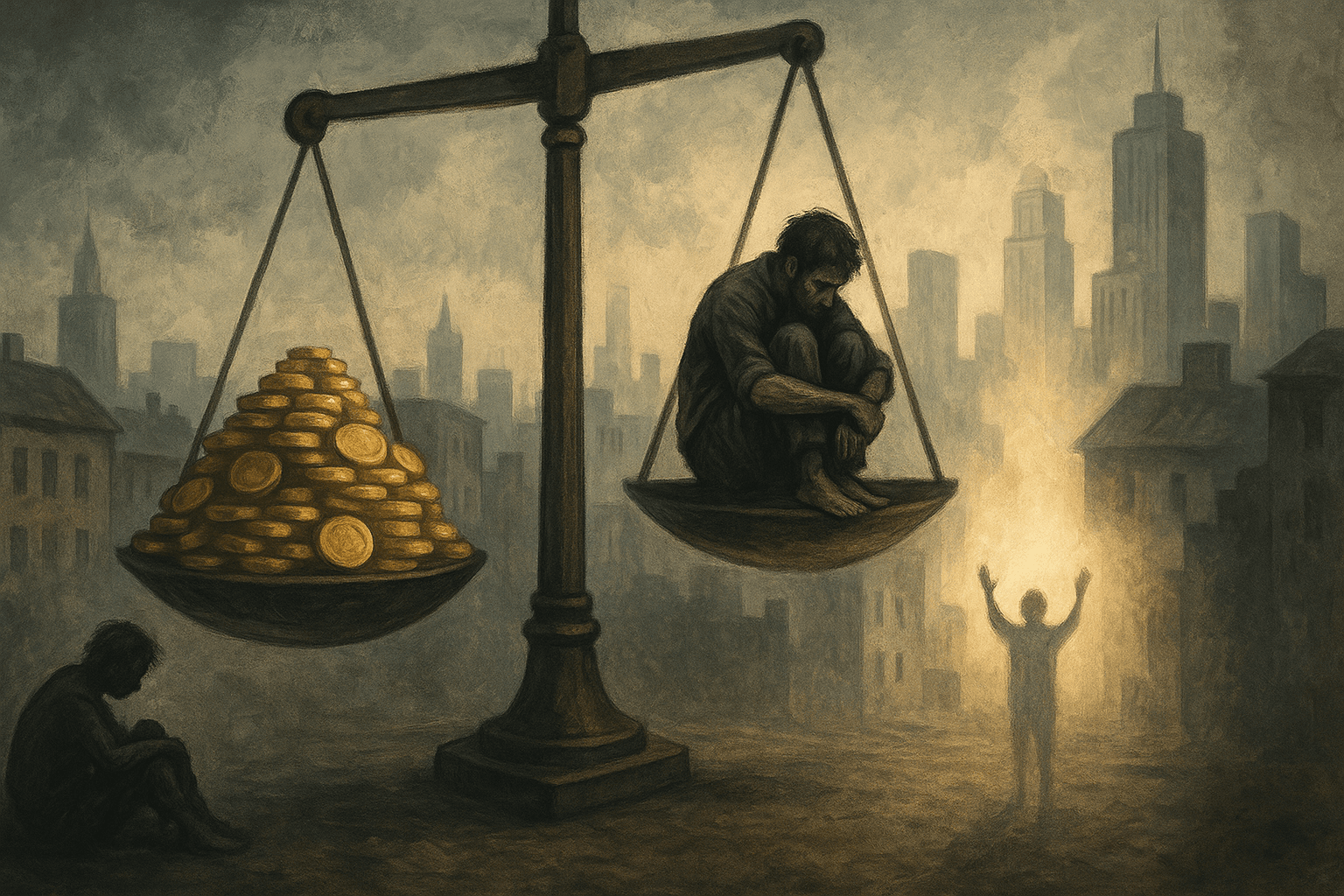The Deep Roots of Social Injustice in A Tale of Two Cities

When we think about Charles Dickens' A Tale of Two Cities , the first things that might come to mind are the dramatic twists of fate, the backdrop of the French Revolution, and the unforgettable characters. But underneath all that, there’s a powerful and haunting theme that threads its way through the narrative: social injustice.
Dickens doesn’t just drop us into a historical setting; he immerses us in the struggles and sufferings of individuals caught in the web of a society that is crumbling under the weight of its own inequalities. The opening chapters set the tone brilliantly, highlighting the stark contrasts of the time—wealth and poverty, hope and despair. Through these juxtapositions, we see how the social structures of 1775 are not just frameworks; they're cages that imprison the very souls of the people within them.
Take for instance Charles Darnay, who represents the innocent caught in the crossfire of social upheaval. His wrongful imprisonment is a poignant illustration of how the justice system can become a tool of oppression rather than a protector of rights. Accusations fly without evidence, and the atmosphere is thick with fear and suspicion, showcasing how quickly the scales of justice can tip when society is in turmoil. This isn’t just about Darnay; it reflects a broader truth about how revolutions, while born from a desire for justice, can devolve into chaos that sacrifices the very people they aim to uplift.
As Dickens weaves through the streets of Paris, we encounter characters like Dr. Manette, whose personal history of suffering adds depth to the narrative. His trauma from wrongful imprisonment resonates throughout the story, illustrating how social injustices echo through generations. The emotional scars he carries serve as a reminder that the impact of these injustices is not confined to the individual but spreads to loved ones and communities. Lucie Manette, representing hope and compassion, is caught in the middle, desperately trying to hold her family together in a world where safety is a fleeting illusion.
Then there's Madame Defarge, a chilling embodiment of revolutionary fervor turned vengeful. Her quest for retribution against the aristocracy highlights how the oppressed can become oppressors themselves when driven by rage. The cycle of violence that she represents serves as a grim reminder of the moral ambiguities that arise in the fight against social injustice. When she targets Lucie and her family, we see how personal lives are entwined with the societal struggles around them, blurring the lines between right and wrong.
What’s particularly striking about this theme in A Tale of Two Cities is its universal relevance. Dickens writes about a specific time and place, yet the injustices he depicts—class struggle, wrongful imprisonment, and the brutal realities of political upheaval—resonate with issues we still face today. The novel forces us to confront uncomfortable truths about how power dynamics shape our world, asking readers to reflect on their own roles within those dynamics.
In the climax of the story, when Sydney Carton sacrifices himself for Darnay, we are left with a poignant question: Can one act of love and sacrifice redeem a lifetime of despair? Carton’s ultimate act is a testament to the potential for redemption, even within a world steeped in injustice. It’s a bittersweet reminder that while social injustice permeates the lives of the characters, the human spirit still yearns for connection and meaning.
As we close the pages of this classic, we’re left pondering the costs of social injustice—not just for the individuals at the center of the narrative, but for society as a whole. Dickens encourages us to look beyond the characters and reflect on our own world, challenging us to consider how we can contribute to a society that seeks justice for all, rather than perpetuating the cycles of oppression.
So, as much as A Tale of Two Cities is a story of love, sacrifice, and redemption, it’s also a powerful commentary on the social injustices that shape our existence. The revolutions may change, but the fight for justice continues, and it’s a fight that demands our attention and action.
Books: A Tale of Two Cities
Authors: Charles Dickens
Publishers: Public Domain